By Andrew Dunstall
Jeffrey Andrew Barash has written a very scholarly book that proves both a philosophical work and a history of ideas. The one offers a conceptual account of collective memory, and the other a narrative of changing conceptions and ideological uses of “memory.” In both cases, he argues that careful attention to the border between memory and history is politically significant for criticising appeals to mythical bases of political unity. I have some thoughts on that, but first it is worth summarising what I take to be key contributions of the book.
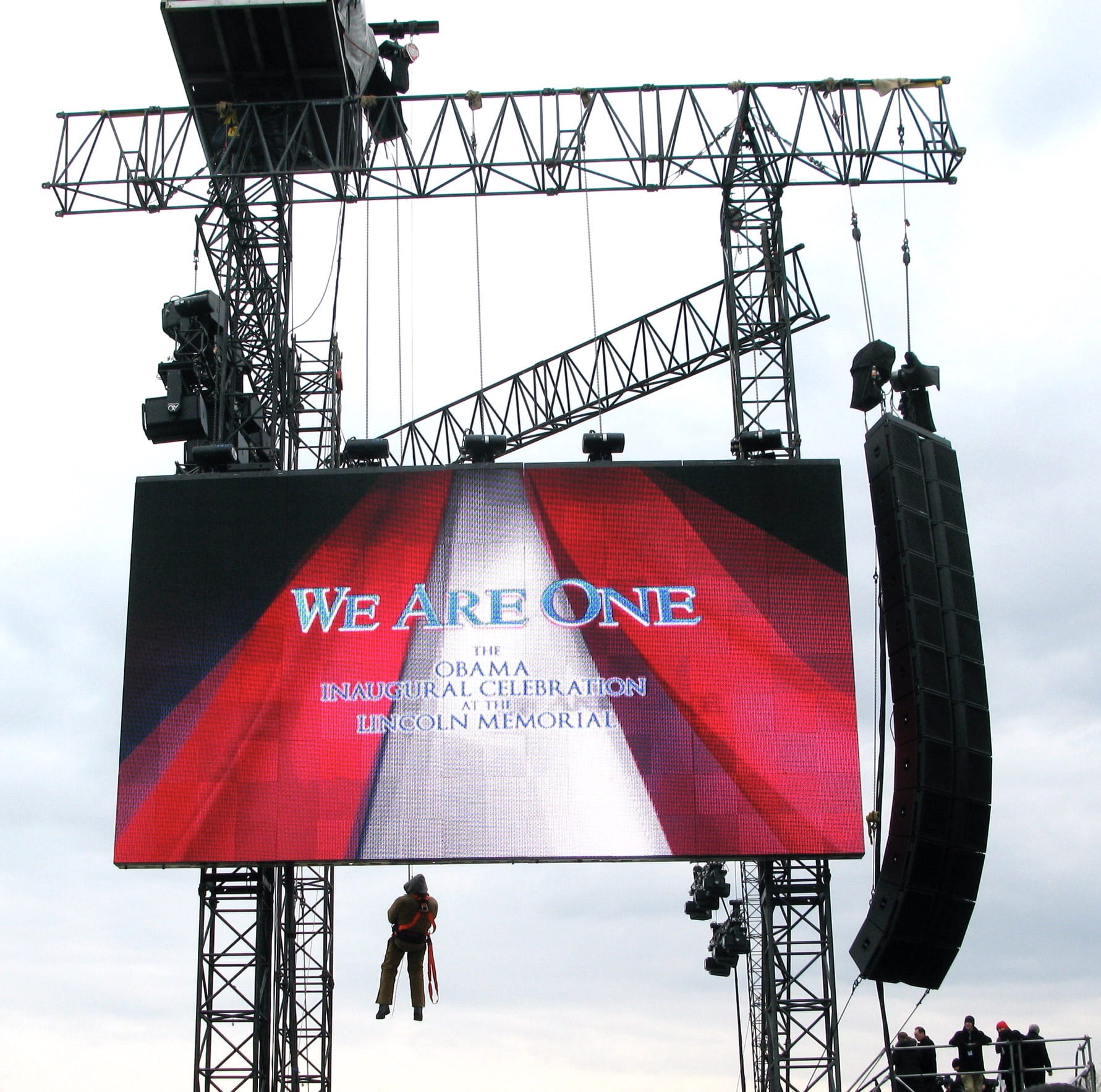
The main contention of the book is this: collective memory designates a restricted sphere of past references. These particular references operate in practical life within a community, a “web of experience” (p. 52). Crucially for Barash, such a web consists of symbols (defined on p. 47-50). Symbols “confer spontaneous sense on experience by lending it communicable order at the primary level of its organization and articulation” (p. 47). What Barash means here is not that we attach various symbols to our everyday experience in a secondary process; rather, our perception is originally patterned in symbolic ways according to our learning, habits, and interactions.
Barash gives an example of an illuminating contrast. The quiet, “sacred” space of a church, and the banal (but still perhaps quiet and still) space of a car garage. Each space is meaningful in perception, because we are acquainted with their style and the activities that take place in them. Even when we are not familiar with the setting, we pick up cues from others or elements of the scene. Experience is hermeneutic, which Barash refers to as “symbolic embodiment”. Our ability to communicate with each other in, and about, our experiences rests on this spontaneous symbolising activity.
Also note that we are not locked into our original perceptions. Experience is neither a private language, nor fixed, nor voluntarist. We constantly layer and re-layer interpretations of our lives as a matter of course. We can, for instance, understand somebody who describes their car garage as a shrine or sacred space, transporting the qualities of the cathedral to the domestic site of mechanical pursuits. We are readily able to creatively adapt our references through conversation and imaginative reconstructions. We can understand each other—even when we have radically differing interpretations.
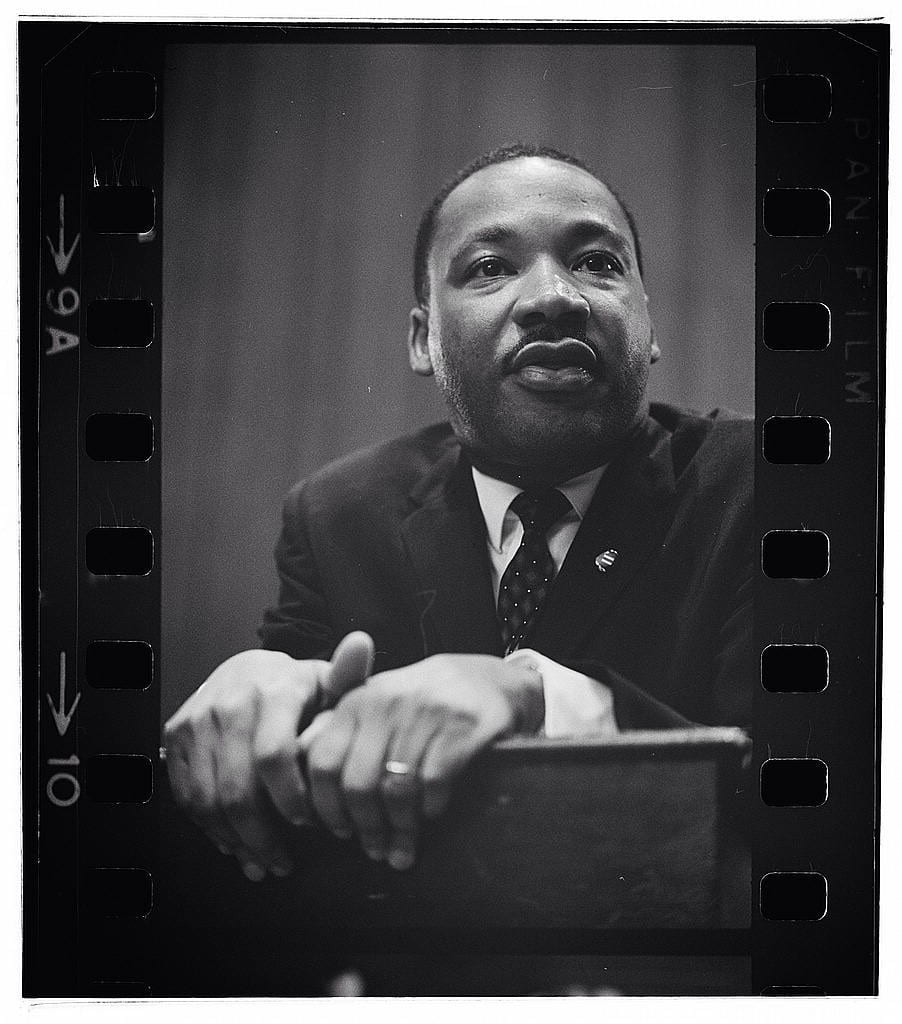
Thus our memories come to be shared with those whom we regularly interact; for Barash, collective memory is this web of interaction. He gives an excellent example by analysing Luther King’s famous “I have a dream” speech, which included his own memories of watching it on television (p. 55). This sets up well the key distinction between experience “in the flesh” as opposed to that mediated by communication technologies (analysed in detail in chapter five). An important clarification is made here. When we are talking about events that are supposed to be real—like King’s speech, then we expect that they will mesh well with the other references our fellows make, and which are materially present in our environment. When they do not cohere, we are justified to be suspicious about the claims being made. And that disjunction motivates a critical reappraisal. Symbols themselves do not differentiate between reality and fictional states, but their overall network does. Thus imagination is essential to the “public construction of reality”, but such a construction is neither arbitrary nor imaginary (p. 49).
Collective memory is therefore neither a fiction nor a mere metaphor, but refers to a web of symbols formed through communicative interaction, reaching as far as that sphere of interaction does—across several generations, and within the context of a shared language, set of public symbols, and common purposes. Barash, however, carefully emphasises a corresponding diffuseness, differentiation and inconsistencies of such memory—and he insists on its epistemological limits to a living generation. Knowledge of life passes beyond living ken when it fails to be maintained in any real sense by a coming generation. Too often, such discontinuities are not benign: displacement, war, and oppression can be its cause.
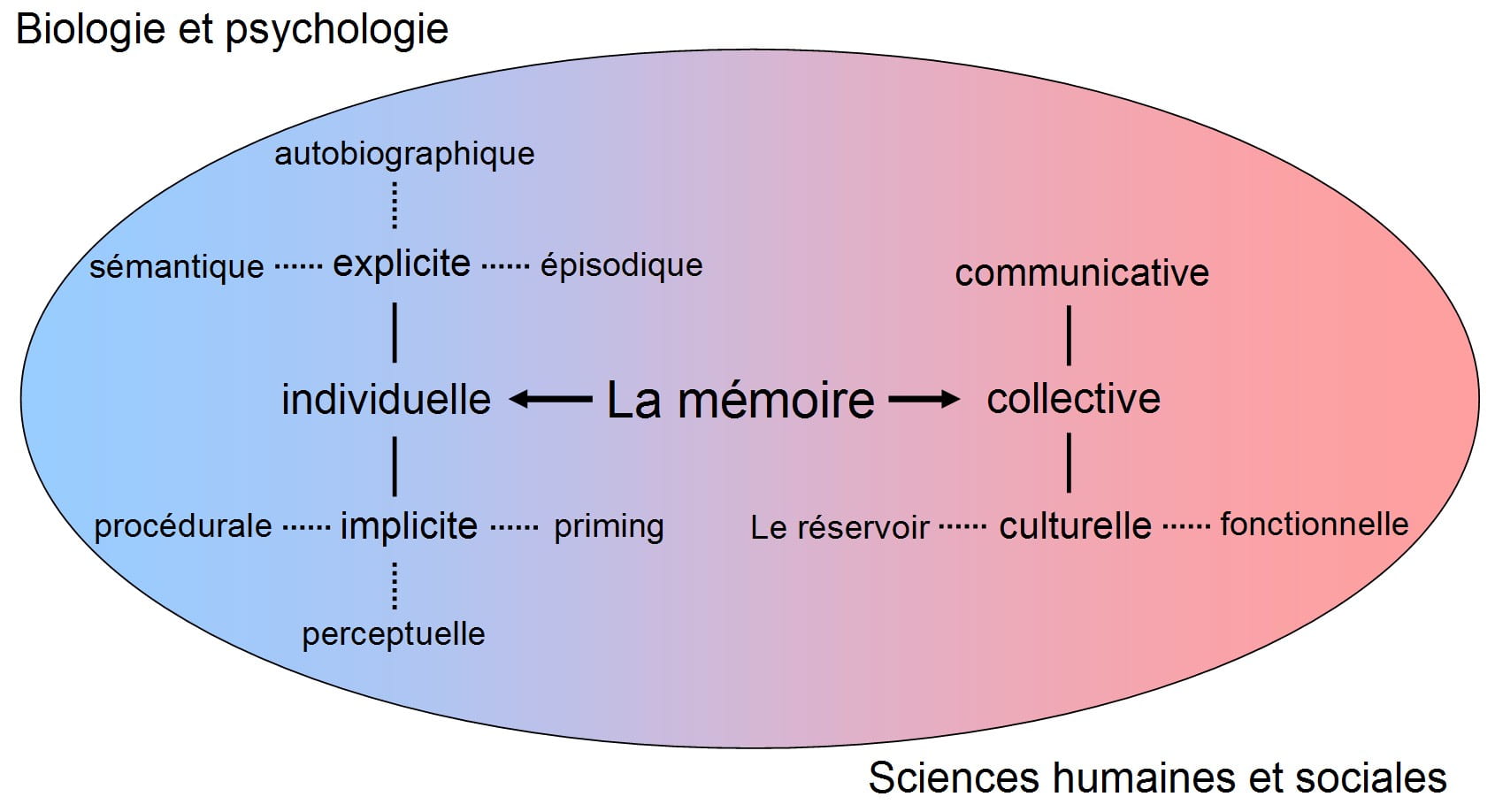
Collective memory needs to be distinguished from the reflective activity of historians, as Barash clearly argues in his choice of title for the book. The critical targets of the book are twofold. Recent scholarship, on the one, that has conflated the work of history with the idea of collective memory (see p. 173ff.). On the other hand, Barash is all-too-mindful of the way in which collective memory is invoked for political purposes. There is a normative-critical point to the distinction between collective memory and historical work. The historian or scholar of collective memory is someone who holds our memory work to account, scrupulously attending to myth-making and historical over-reach in political discourse. The historian is in the business of re-contextualising, of rediscovering the coherence of a set of events in the real. And so Barash takes a position on the reality of the past, and we see the importance of establishing the level of the real in the analysis of symbols (p. 175ff).
We can see some clear implications for historical methods as a result of Barash’s careful analysis. Collective memory is a part of how archives and diverse sources come into existence. History work needs collective memory, and it needs to understand its various forms. However, rather than take up debates about the reality of the past, or the distinction between the forms of collective memory and historical understanding, I am interested in a rather different and less explicit theme, which my preceding commentators have already raised. Let us think a bit more about the normative and political emphasis that Barash lays on historical understanding.
While collective memory is limited to living generations, there are nevertheless long-term patterns to community life that reach beyond memory. Martin Luther King, for example, called attention to the political promises of the Declaration of Independence, and of Lincoln, in the shadow of whose memorial he stood with those who had gathered with him. King, Lincoln, and their contemporaries belonged to a larger unity, an ethos; a particular rendering of democratic freedom. Michael Meng argues that Barash is drawing on a democratic emphasis in his insistence on finitude. Êthos, as in Aristotle’s Politics, translates as “custom.” Barash’s symbolically oriented theory incorporates ethos as an “articulation of long-term continuities in the symbolic reservoir upon which collective memory draws” (p. 105). While Barash’s examples consistently point to progressive and radical democratic examples (he also discusses the French Revolution’s republican calendar), the concept of ethos launches an analysis of the ideological invocation of memory by radical right wing movements.
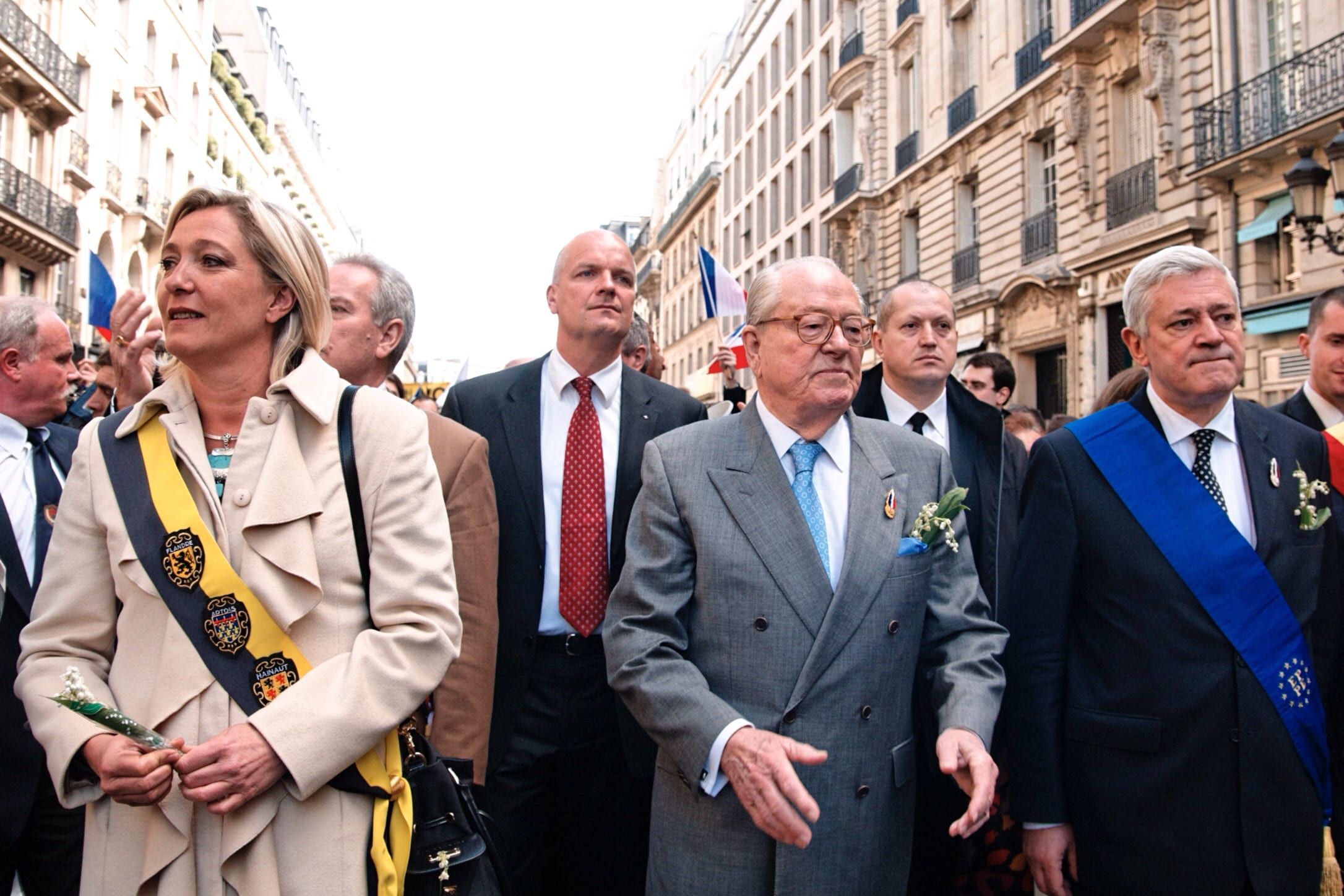
Right wing groups sometimes evoke age-long memory in direct connection to social homogeneity. There is a French focus; Maurice Barrès, the late 19th and early 20th century conservative political figure and novelist, and Jean-Marie Le Pen and his party, the Front National, are Barash’s primary examples. Le Pen wrote in 1996: “When we denounce the terrible danger of the immigration invasion, we speak on behalf of our ancient memory” (cited at p. 109). The theoretical construction of symbolic collective memory has reached its sharp, critical point. For the finitude of collective memory, in its anchoring in a living generation, disallows the age-long memory and homogeneity of national identity that the right call upon. So while collective memory is not simply imaginary, as Barash has shown, the latter metaphorical use of it is mythical. Finitude must be, ought to be, reasserted.
Finitude is a common hymn amongst intellectuals today. And yet the normative argument for the critical function of historical work is not very strong here. I disagree with Meng’s interpretation then. Finitude does not supply a normative principle which would tell us how collective memory ought to be invoked. The alternative progressive examples show the point. Martin Luther King could equally draw on an ethos; so too should progressives today. And this is a practical, normative point, as Sophie Marcotte Chénard suggests. Repetition is not continuity, however. We must draw on the historical past and collective memory to defend progressive normative principles. Where else do they come from? Of course, a normative choice by the historian is that—a choice of what to inherit.
Barash bases his argument on a formal analysis of memory, symbols, and temporal intentionality. Finitude for him is a matter of logical form: living memory can only extend a certain length; the selection of what we remember is secondary for him. Finitude itself supplies no clear ethical principle, however. Which normative struggles, which injustices breathe life into “living memory”? Often such struggles far exceed that memory, as I have argued elsewhere. Barash, to my mind, implies these questions at various points, but does not make them explicit. Barash’s work is a provocative opening. When we come to reflect on our heritage, whether age-long or recent, the point is to choose what is worth preserving, and what needs changing.
Andrew Dunstall is Lecturer in Philosophy at the University of Wollongong, where he teaches political philosophy. His research interests are in phenomenology and critical theory. His recent work studies the way that normative principles draw upon historical precedents, especially those beyond the “modern” era. You can read more about his work here.
Featured Image: Fête de l’Être suprême (Pierre-Antoine Demachy, 1794)
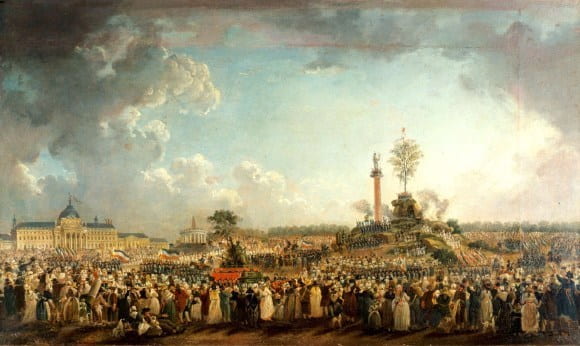



1 Pingback